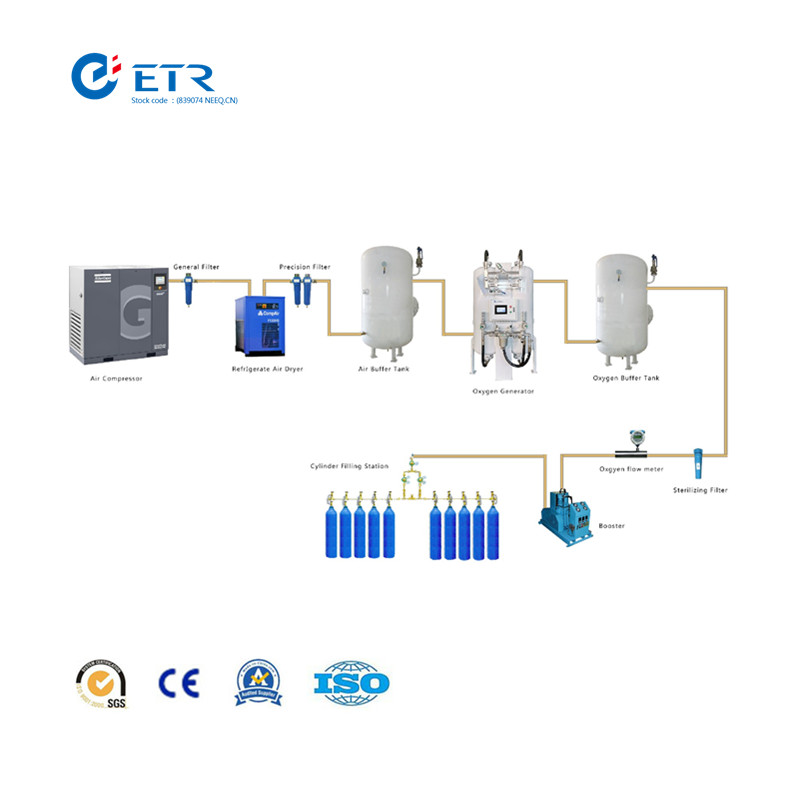Wheat weak seedlings classification management countermeasures
After emergence of wheat, due to the influence of natural conditions and cultivation measures, various types of weak seedlings are often formed. In order to facilitate the management of seedlings and symptomatic diseases, they are respectively introduced as follows: Weak seedlings caused by soil drought occurred in wheat fields with insufficient soil moisture or run through the wind. The characteristics are: the birth was slow, the leaves were grayish green, the leaves were short, and the growth was slow or stagnant (the masses called it “mind-heartedâ€). The middle and lower leaves turn yellow and dry, and the roots are small and fine. Management points: In conjunction with watering, topdressing 15 kg of ammonium bicarbonate per 667 square meters. The weak seedlings caused by the lack of nitrogen in the soil are erect and thin, and the tillers are reduced, and the leaves are narrow and short. The lower leaves start from the tips of the leaves, gradually turn yellow and dry, and develop towards the upper leaves. Management points: 7-8 kg of urea per 667 square meters, or 20-25 kg of ammonium bicarbonate. The weak seedlings caused by the lack of phosphorus in the soil showed poor root development. The secondary roots were weak and weak. The leaf color was dull green, the tip and leaf sheath were purple, the plants were thin and the tillers were reduced. Management points: In combination with watering and ploughing, 20-30 kg of superphosphate per 667 square meters is used. Weak seedlings caused by soil wet-settling or salt-alkali damage usually show poor root development, weak absorption capacity, slow birth of the tillers, and often accompanied by deferring fertilizers; patches of salt-alkali-hazardous soil often appear as mauve patches. In the "old young seedlings", the 1-2 leaves of the seedlings were yellow and dry, and when they were severe, the seedlings died. Management points: Combine deep-middling cultivating, applying nitrogen-phosphorus compound fertilizer to open ditch, heavily saline-alkali-damaged land, apply salt pressure after top-dressing, and timely remove the loose soil to remove the compaction. The weak seedlings caused by the soil plate hard due to the lack of soil moisture, root extension difficulties, resulting in short yellow wheat leaves, can not appear on time delivery. Management points: watering in time, then cultivating loose soil to remove the rigid layer. Weak seedlings caused by soil wetting usually show pale purple leaves, and births are slow, and when they are severe, their tips turn white and dry. Management points: The first timely ventilation and ventilation, followed by a small amount of fast-acting fertilizer to promote early-onset seedlings. The performance of weak seedlings caused by excessive sowing is that the seedlings are overcrowded and the plants are thin and slender. Management points: First, pay attention to sparse seedlings, especially the “headings†in the fields, fields, and fields, and early sparse, sparsely drowning, combined with watering, topdressing with a small amount of nitrogen and phosphorus fast-acting fertilizers to make up for the excessive consumption of soil nutrients. , to promote wheat seedlings from weak to strong. The performance of weak seedlings caused by deep sowing is that the seedlings are sluggish, the leaf sheaths are slender, and the seedlings are not long afterwards. Management points: First clear the earth and then apply fertilizer in time. Apply 15 kg of carbon ammonium per 667 square meters to promote root and seedling development. The weak seedlings caused by sowing are too close to the surface due to the tiller node, and the water nutrient conditions are poor, so that the growth of the root system and the development of the axillary buds are inhibited. Therefore, the roots and tendons are generally reduced, and the plants are weak in yellow and are easily dies of freezing. Management points: In conjunction with the plan, the soil is rooted. The weak seedlings caused by planting too late were due to the short growing period before winter, and the accumulated temperature was insufficient, which resulted in the growth of wheat seedlings being thin and weak and having fewer tillers. Management points: Mainly using paddling and replenishing fertilizer, applying 15 kg of carbonic ammonium per 667 m2 in the three-leaf stage; Poor soil with poor soil moisture and fast water seepage. After three-leaf stage, water is poured in time, but the soil moisture is suitable or the soil is sticky. Heavy, poor permeability plots should not be watered before winter. For the last time before the freeze, we must pay attention to the soil surrounding the roots in order to protect the seedlings safely.
ETR Oxygen Cylinder Filling System
By PSA principles, ETR PSA oxygen generators generate 93%±2% purity oxygen gas directly from compressed air. ETR oxygen cylinder
filling plant is consisted of Atlas Copco air compressor, Parker dryer and
filters, air buffer tank, ETR Psa Oxygen Generator, oxygen buffer tank,
oxygen receiver tank, diaphragm oxygen booster, filling station and control
cabinet.
Compressed air is purified through the air dryer and
filters to a certain level for main generator to work with. Air buffer is
incorporated for smooth supply of compressed air thus to reduce fluctuation of
compressed air source. The generator produces oxygen with PSA (pressure swing
adsorption) technology, which is a time proven oxygen generation method. Oxygen
of desired purity at 93%±2% is delivered to oxygen buffer tank for smooth supply
of product gas. Oxygen in buffer tank is maintained at 4bar pressure, then
reach to 150bar to filling cylinders with an oxygen booster.
Oxygen Cylinder Filling System Oxygen Cylinder Filling System,Homefill Oxygen System,Oxygen Refilling Plant,Oxygen Refilling Station Hunan Eter Electronic Medical Project Stock Co., Ltd. , https://www.centralgas.be
